Coordinating agencies to meet funding requirements
Searcy, Ark. has increased its water treatment plant's capacity by nearly 30 percent. To upgrade the intake, treatment and distribution systems, the city worked with Garver to guide the plant through regulatory requirements and grant funding stipulations.
"Before this project, we were bumping up against our treatment capacity on a regular basis," said Searcy Water Utilities Manager Dan Dawson. "Now with an additional 4 million gallons per day, we have the ability to meet demand for water during the hottest and driest times."
The city has expanded its facility to 19.2 MGD. The expansion touched nearly every aspect of the plant, from the moment water is pulled out of the Little Red River to its delivery across White County. During peak demand, the plant was reaching its 15 MGD capacity, but now the new infrastructure is easily handling flows.
"This project has been part of our long-range planning, and it's really going to benefit the community," said Water Treatment Plant Manager Scotty Boggs. "Searcy Water Utilities is very progressive in seeing to the needs of our city and working to stay ahead of its growth."
In addition to providing water for the city, Searcy Water Utilities sells water wholesale to surrounding utilities and their rural customers. Combined, 60,000 residents look to Searcy for clean water—and now there's room to serve even more.
"For industries that are looking to move here, they won't have to wait for us to expand our facilities to meet their water needs," Boggs said. "In a like manner, this project allows our neighboring communities to grow without having to worry about a water source."
The project was funded through the United States Environmental Protection Agency Drinking Water State Revolving Fund and administered by the Arkansas Natural Resource Commission. The build-out was completed in phases, which helped bring the project in $2.5 million under the estimated costs.
"Looking at the project cost, this is the largest capital project we've ever done," Dawson said. "There were a lot of details and options to consider. Garver's field personnel were diligent with those details, and we appreciate all their work managing the project."
After pilot-testing membranes and investigating new primary disinfectants, Garver determined that the most cost-effective way to expand was to use the plant's existing technology and add to the infrastructure footprint.
"Because we understand current and anticipated disinfection regulations, we were able to advise our client well throughout the expansion process," said Garver Project Leader Kirby Rowland, PE.
As part of the project, it was determined that the upgraded treatment plant will continue using chlorine dioxide as the primary disinfectant. The plant is only one of a few facilities in Arkansas to use this chemical compound. Garver's design took into account this disinfectant process.
The project involved adding two variable frequency drive-driven pumps at the plant intake structure, replacing drives on four flocculator units, constructing two flocculation/settling basins, remodeling a filter building to take two small filters out of service and expand the laboratory and office areas, constructing four new dual-medial filters, and replacing filter underdrains, media and pipe gallery valves.
"Garver adapted their design to accommodate our desires, and they came up with a very good design," Boggs said. "One of the most impressive things to me and my plant operators is that Garver listened to us. They didn't just give us a cookie-cutter, one-size-fits-all type of engineering. We now have a larger plant—and because Garver worked with us, we already understand its operation and have confidence in its processes. That's been very beneficial to our productivity."
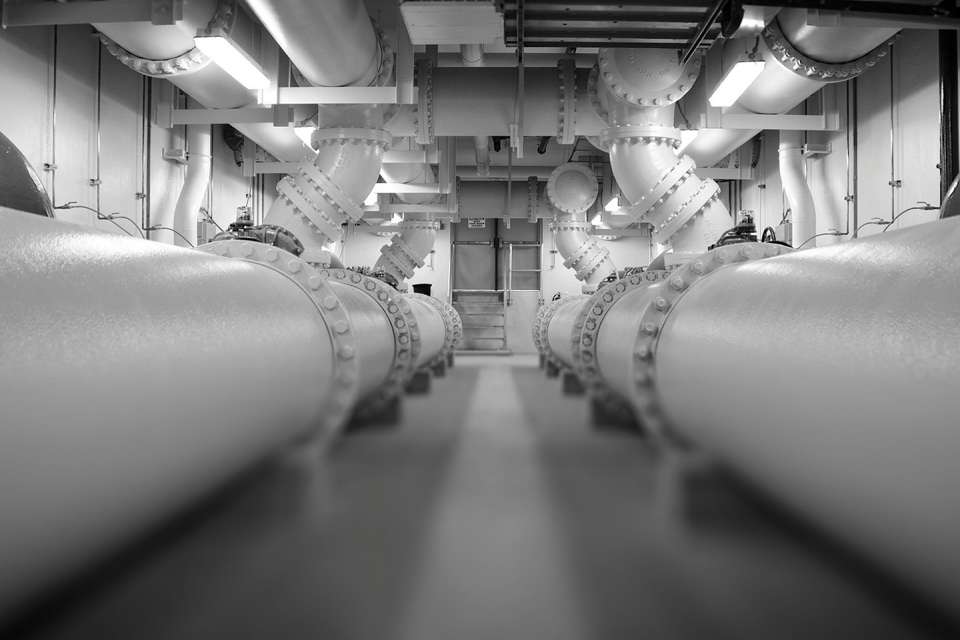
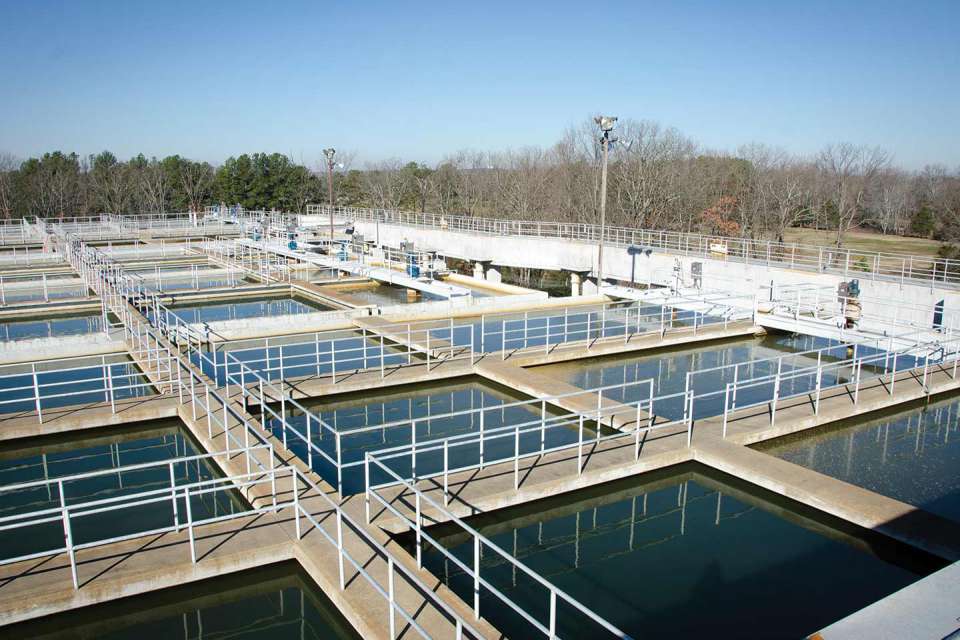
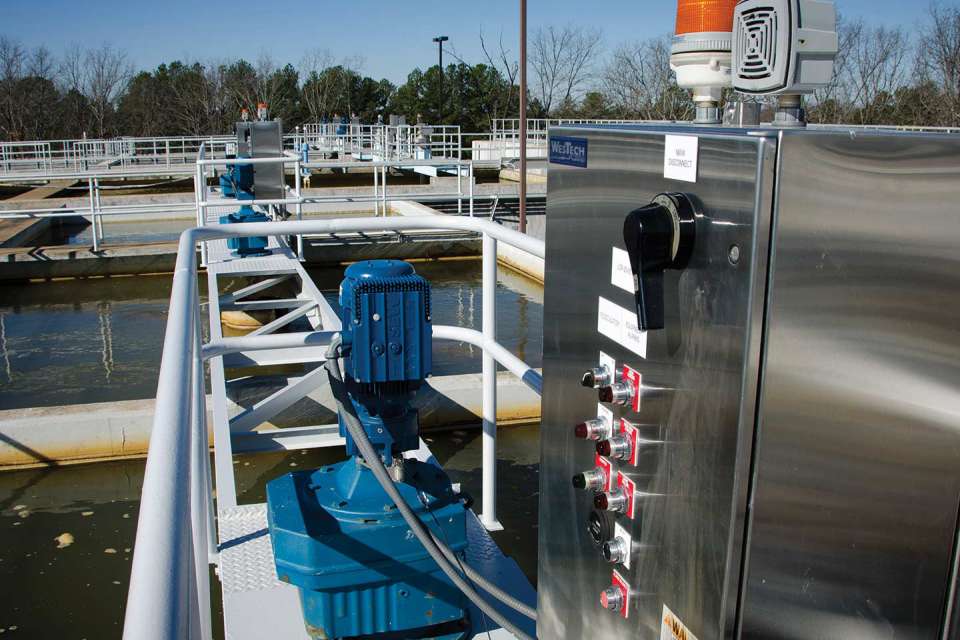
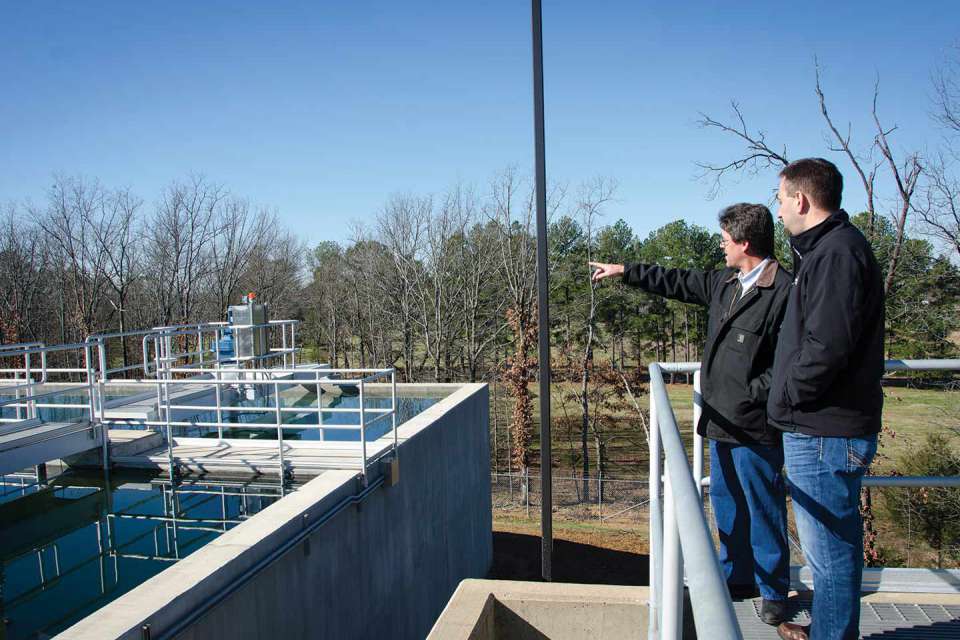
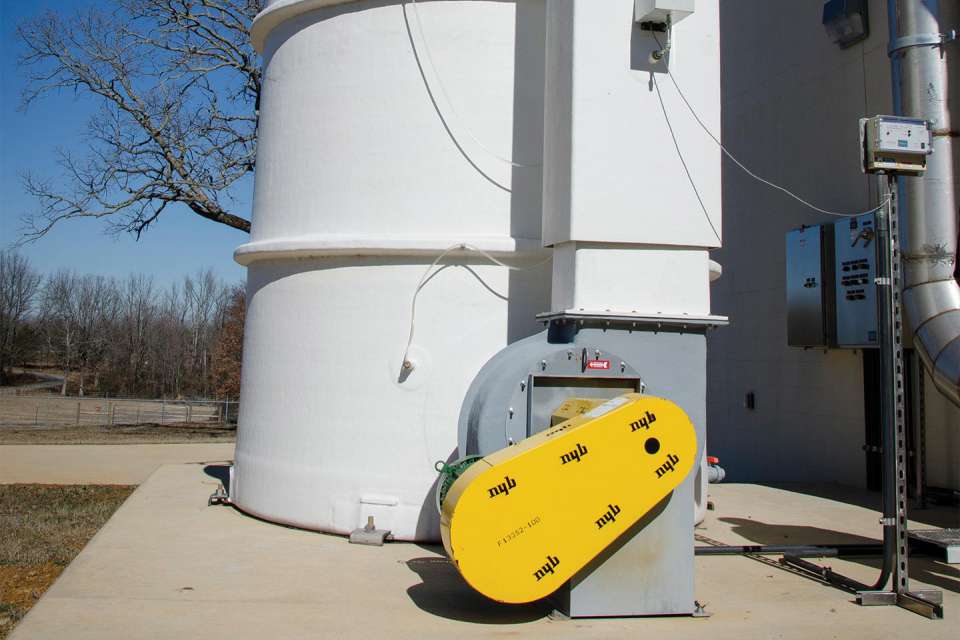
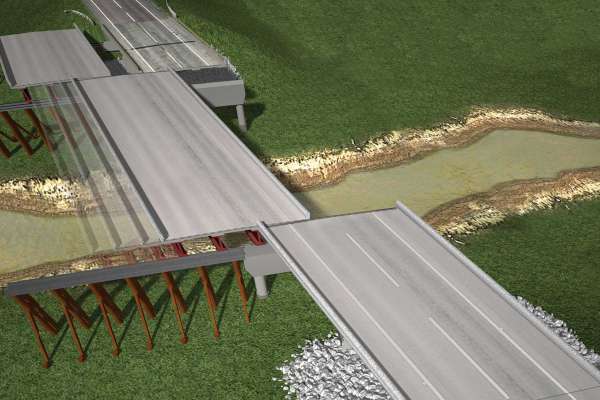



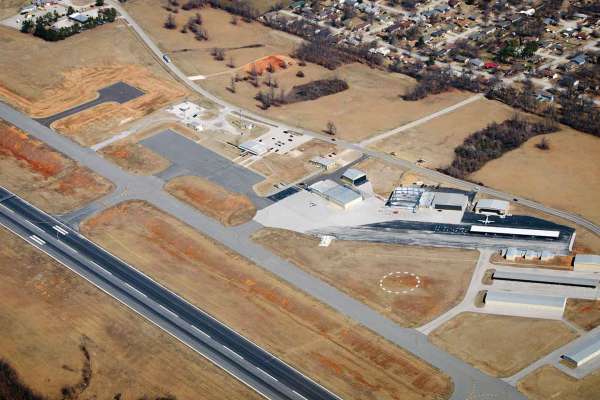

Share this article